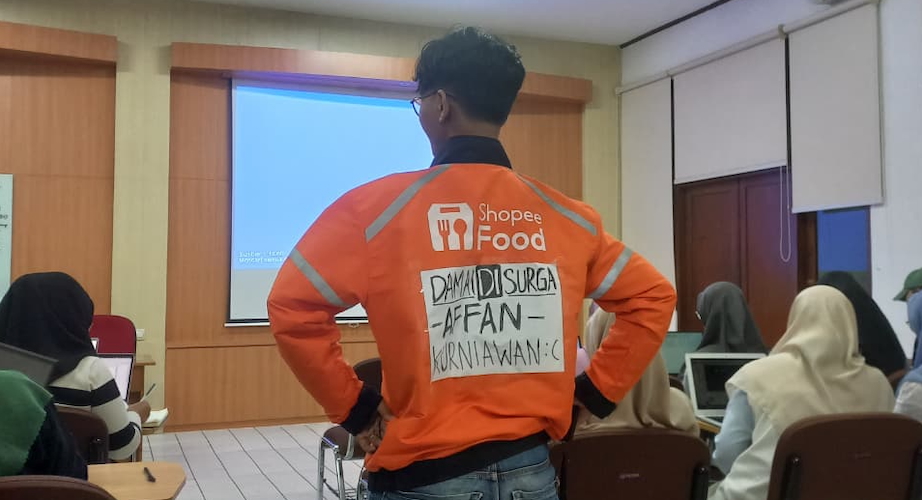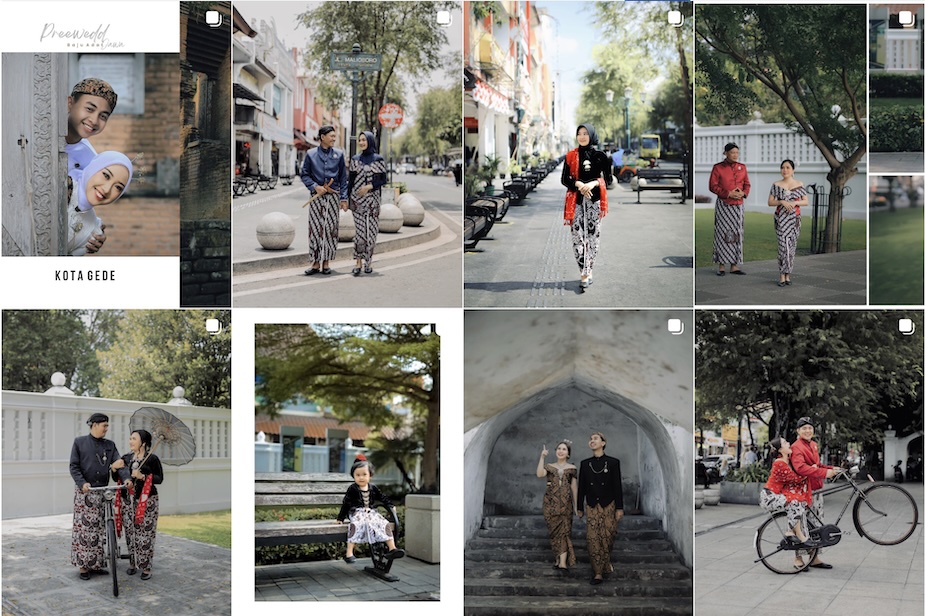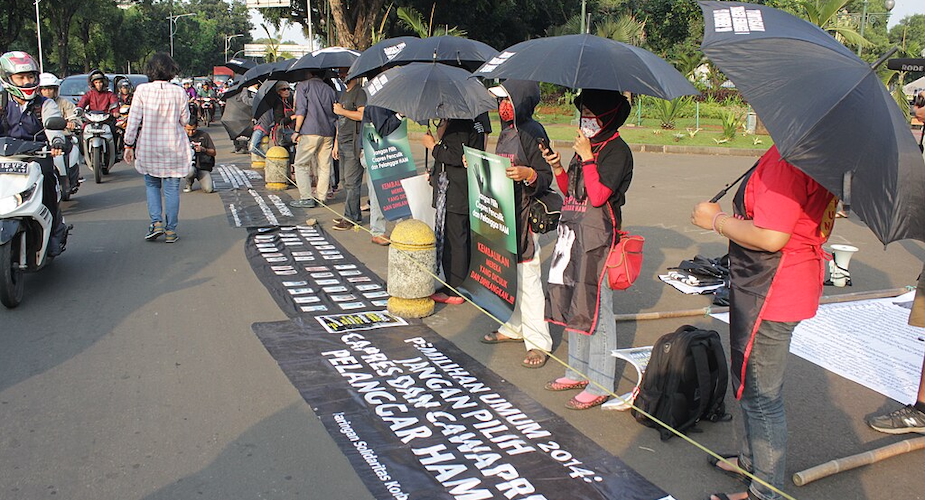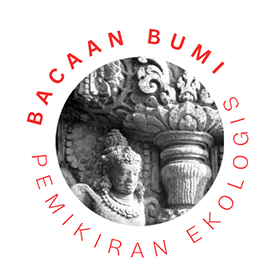A new documentary unlocks troubled histories and builds solidarity between youths of Indonesian and Timor-Leste
Ingatan dari Timor (Memories of Timor) is a 70-minute documentary that started as a project from the heart. Each film team member has their own reasons for deciding to become involved in this project, but for me, it started from kegelisahan, a feeling of unease about the state of knowledge in Indonesia about East Timor and Indonesia’s history there. Towards the end of 2023, while chatting informally, an Indonesian undergraduate student told me that, for him, BJ Habibie was ‘the worst president we ever had. Because of him, we lost East Timor as our territory.’ I was upset, not towards the student, but about the fact that 24 years after Timor-Leste’s referendum, echoes of New Order narratives of Timor-Leste continue to circulate among Indonesia’s youths.
In the 1990s, many Indonesian students, particularly those activists involved in the 1998 pro-democracy movement, learnt about human rights abuses in East Timor from East Timorese students who attended university in Indonesia. A media blackout by the Indonesian military and government hid a lot of information about military operations and resistance to Indonesian rule from those outside of Timor-Leste. Yet Timor-Leste’s independence struggle was inseparable from solidarity between Indonesian and Timorese youths. One of these moments of youth solidarity was when a group of Indonesian and East Timorese youths climbed the walls of the Dutch and Russian embassies in Jakarta in December 1995, marking the twentieth anniversary of the Indonesian invasion and demanding the demilitarisation of East Timor, the release of political prisoners, and a referendum.
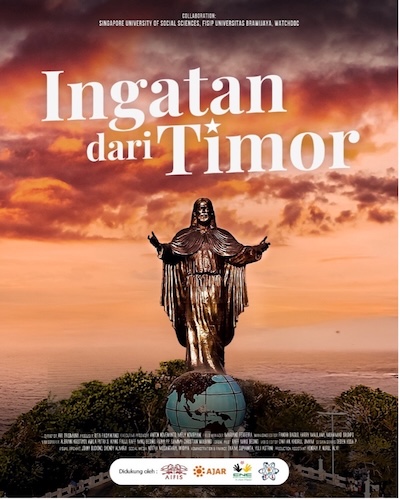
While East Timorese youths today learn about what occurred during the Indonesian era, some Indonesian youths perceive Timor-Leste’s independence as a blow to Indonesian sovereignty. Indonesian youths seem to have little awareness of the history of Indonesia and Timor-Leste. Although information about East Timor is abundant on the Internet, youths may not know how such information is relevant to Indonesia. The report of the Commission for Reception, Truth, and Reconciliation Timor-Leste, Chega! found the official number of killings at approximately 18,600, 70 per cent of which were committed by the Indonesian security forces and their East Timorese auxiliaries (CAVR, 2005). The total number of deaths in East Timor during Indonesia’s occupation – including those caused by conflict-driven hunger and other consequences of conflict – is much greater, with predictions between 50,000 (Cribb, 2001) and 170,000 (Kiernan, 2008) or more.
The film idea first came up during my conversation with Anton Novenanto (Nino), a sociology lecturer at Universitas Brawijaya, Malang, Indonesia, during our visit to Dili for a research project right after Indonesia’s presidential election in 2024. We were discussing our concerns about the seemingly fading awareness of history among youths. I told Nino of my encounter with the student mentioned in the opening of this article. Nino suggested applying for a documentary film grant on this topic from the American Institute for Asian Studies (AIFIS). I contacted Ari Trismana, then a senior producer at the Indonesian production house Watchdoc, and Nino contacted Mely Noviryani, head of the International Relations program at Brawijaya, to float the idea. The grant application brought us together as a team of academics and filmmakers to make a film about Indonesia-Timor Leste’s difficult history for Indonesian youth audiences.
The film adopts the perspective of young people, as its main target was Indonesia’s youth. We recruited a university student to feature in the documentary to ensure that young people are also those telling the story. Our grant from AIFIS was relatively small – US$4,000 – so we decided to use it to sponsor an Indonesian student’s undergraduate thesis on Timor-Leste.
Our search for the film’s lead characters led us to two female students, Zizi in Indonesia and Ely in Timor-Leste, whose stories are depicted in the film. Azizah Novi Amelia (Zizi) is an International Relations student at Universitas Brawijaya who expressed interest in conducting an undergraduate thesis research on Timor-Leste and agreed for her research journey to be filmed. Meanwhile, we met Elivania Alves Correia (Ely), a final year student at Universidade Nacional Timor Lorosa’e (UNTL) through our research collaborators in Dili. Ely led educational tours at Centro Nacional Chega! (CNC), a public institution in Timor-Leste with a mandate to preserve memories and conduct human rights education.

The film follows Zizi from Malang to Timor-Leste as she conducts her thesis research on Indonesia’s history in Timor-Leste. There she meets Ely, who becomes her ‘buddy’ in trying to come to grips with this history (see Photo 2). The film also features interviews with political leaders, activists, and violence survivors. Zizi reflects on her experiences in Timor-Leste, how her knowledge has grown, how her position has shifted since she arrived, and her hopes that young people between the two countries will (re)create and maintain links with one another in the future. Scenes from her fieldwork in Timor-Leste and her interactions with people in the field, including her participation in the Santa Cruz Massacre commemorative walk, marching from Motael Church to the Santa Cruz Cemetery on 12 November 2024, illustrate her reflections.
Our experiences in producing the film also remind us that preserving collective memory requires effort from each generation. It’s not only about youths learning from elders, but it is also about the older generations learning about the interests and aspirations of young people. By co-learning across generations, we can challenge the idea that peace comes from forgetting the past. Confronting an inconvenient past allows societies to move forward stronger and more peacefully.
However, many students, teachers, and lecturers in Indonesia may not be equipped to dismantle the structural obstacles in this learning process. For example, there needs to be awareness of shared histories between Timor-Leste and Indonesia, but this would be difficult if New Order narratives of East Timor are still entrenched in the school curriculum. Gaining awareness is a start, but eventually, teaching materials are needed to initiate conversations. Our film is only one example of a resource that could be used in this process, but more sustained effort is needed to facilitate learning, including producing more teaching materials.

Ingatan dari Timor was launched to a packed audience on 25 July 2025 at the Asrul Sani Theatre at Taman Ismail Marzuki, Jakarta (Photo 5). Many young people participated in the discussion at the launch. Several ‘stolen children’ (labarik lakon) from East Timor – those who were removed from East Timor during their childhood by Indonesian military or public servants – also attended and spoke about their experiences. Manuel, one of the ‘stolen children’, said, ‘I think the film was really, really good. The film describes things factually from the time when I was living there. I was there during the war, I know exactly what happened.’

Amalia from the NGO, Asia Justice and Rights (AJAR) in Jakarta, agreed that the film was important in understanding the relationship between the two countries from a historical perspective. She said, ‘I am really happy that this film has been produced and launched, because there are so many misconceptions about the relationship between Indonesia and Timor-Leste that we need to rectify, especially among youths whose history education in schools has always been by those in power, that is actually skewed.’
The film has been screened in various communities, student groups and universities, including at Universitas Brawijaya, its home base. A first-year student, after taking part in the post-film discussion, said, ‘Thank you to the film production team. The film reminds me that Indonesian youths have debts of history.’
Wilson, a long-time Indonesian activist in solidarity with East Timor, mentioned in the film that some interactions continue, such as by supporting East Timorese students studying in Indonesia. But there are many other potential avenues to rebuild youth solidarity that could be explored, such as human rights education, arts and culture, heritage preservation, and environmental sustainability. Hugo Fernandes, Executive Director of the CNC!, who attended the launch in Jakarta, said, ‘Most important is the message on how to learn from the past. This is the strongest [theme of] this film, especially for Timor-Leste, because the film conveys the narrative from Indonesia, so we hope this can be an important message for the youths. As I said in the film, Indonesia still has historical debts to Timor-Leste, but the most important is to study the shared history of 24 years between us.’
Ingatan dari Timor (Memories of Timor), Watchdoc (2025), Ari Trismana (dir.), Rita Padawangi (prod.), Anton Novenanto, Mely Noviryani (exec.prod.), Mariano Ferreira (field manager), 70 minutes.
Rita Padawangi (ritapadawangi@suss.edu.sg) is an associate professor at the Singapore University of Social Sciences and producer of Ingatan dari Timor. To host a film screening and discussion featuring Ingatan dari Timor, contact Watchdoc at info@watchdoc.co.id.



